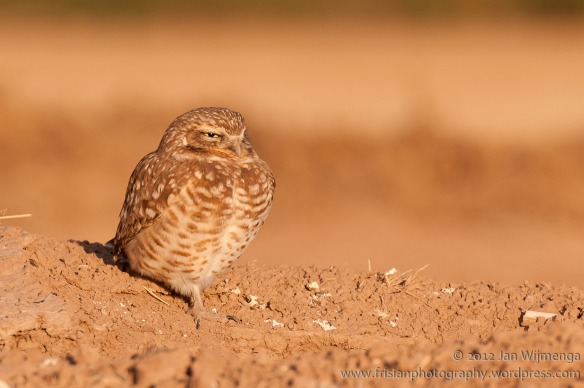Last week, my wife and I enjoyed a brief holiday with my family on Terschelling, a Frisian Wadden Sea island off the coast of Fryslân, the Netherlands. With its quaint little towns, historical lighthouse and (by Dutch standards) large surface of nature reserve, I find it to be one of the more beautiful Wadden islands. Like the other islands, its salt marshes, meadows, dunes, forest and heath fields, along with the unique intertidal mudflats of the Wadden Sea provide an extremely important site for many species of migratory, wintering and breeding birds. An estimated 12 million(!) birds use the Wadden Sea area every year, so it’s not surprising that the UNESCO has listed it as a World Heritage Site.
Although it was too early for the peak of spring migration, we found plenty of gulls, of various species, on the beach. Gulls might seem somewhat boring or even a pest to many people, but they are (at least to a biologist) really interesting species. Few people realize for instance that the black-headed gull they see eating discarded fries from a garbage bin during the winter, might be found breeding in a marshy area in Estonia a few months later. So although many Europeans see black-headed gulls in their cities year-round, depending on when they see them, they might be of very different “nationalities”. The northerly breeding populations are all strictly migratory, whereas populations found more to the south might consist of year round residents. As such, gulls from different countries might cross paths in the winter season.




